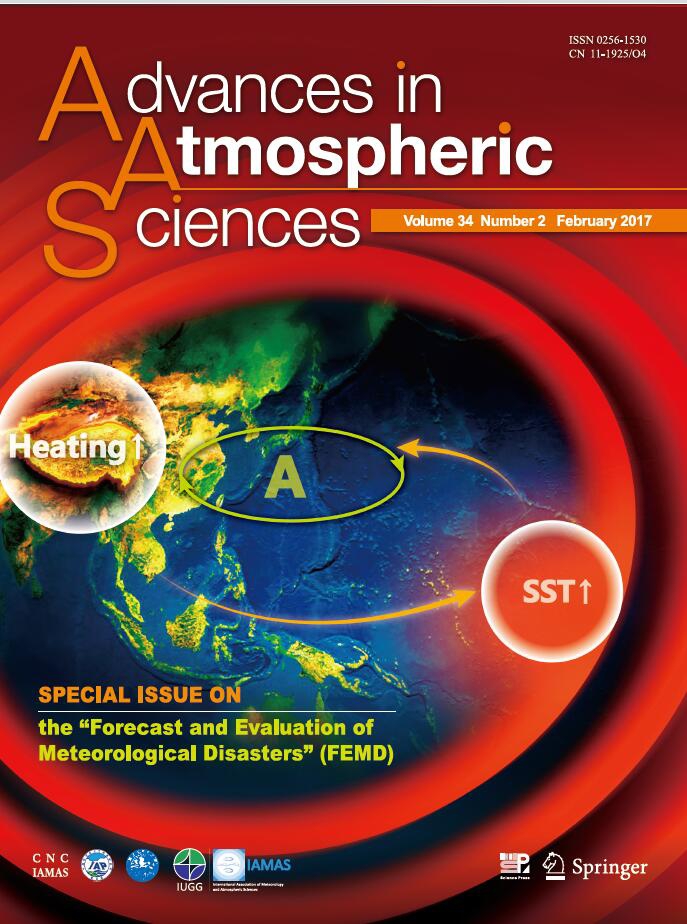Impact of Surface Sensible Heating over the Tibetan Plateau on the Western Pacific Subtropical High
Date:2017-02-22
The western Pacific subtropical high (WPSH) is a dominant low-level circulation system of the East Asian monsoon. The heating of the Tibetan Plateau (TP) plays an important role in maintaining and modulating the large-scale circulation in upper layers. But how does the spring sensible heating of the TP (SHTP) influence WPSH anomalies? And to what degree is this forcing modulated by the air–sea interaction?

The cover is produced based on a coupled model simulation (image credit: Anin Duan), and inspired by the “Gill pattern”.
In a recently published study in Advances in Atmospheric Sciences (Duan et al., 2017), scientists from the Institute of Atmospheric Physics/Chinese Academy of Sciences used FGOALS-s2 (Flexible Global Ocean–Atmosphere–Land System Model, second spectral version) to study how the spring SHTP influences the WPSH.
Results from the AGCM (atmospheric general circulation model) experiments confirmed that the spring SHTP generates a large-scale circulation response in the downstream regions, characterized by a barotropic anticyclonic response over the northwestern Pacific and a cyclonic response to the south. Owing to the different background circulation in spring and summer, such a response tends to weaken the spring WPSH, but enhances the summer WPSH. By comparing the CGCM (coupled atmosphere–ocean general circulation model) and AGCM results, the team found that the low-level westerlies at the southern edge of the cyclonic anomaly facilitate a warm sea surface temperature anomaly in the equatorial central Pacific via anomalous surface zonal warm advection. Furthermore, the air–sea feedback reinforces the SHTP effect on the WPSH, bringing about an enhanced summer WPSH.
Reference
Duan, A., R. Sun, and J. He, 2017. Impact of surface sensible heating over the Tibetan Plateau on the western Pacific subtropical high: A land–air–sea interaction perspective. Adv. Atmos. Sci., 34(2), 157–168.
